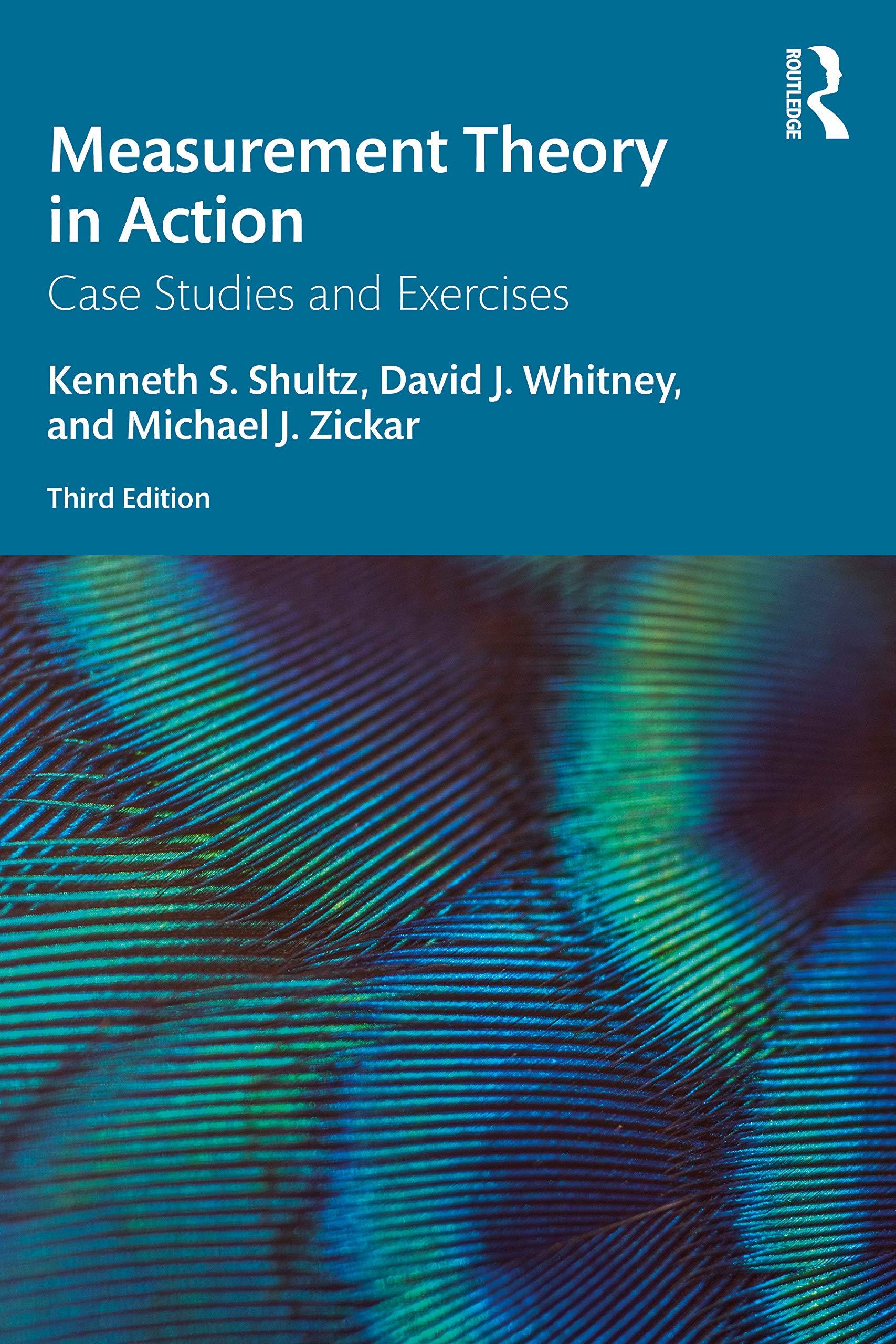Principal Andrew Dickerson of Mountain Central High School had a hunch. Actually, it was more like a
Question:
Principal Andrew Dickerson of Mountain Central High School had a hunch. Actually, it was more like a strong suspicion. At nearly 15%, the student dropout rate in his high school was well above the statewide average. Upon assuming his position, Principal Dickerson had pledged that he would change things for the better. Although he knew it would be impossible to eliminate dropouts altogether, he intended to do everything in his power to curb the problem. To begin, he intended to identify factors that put students most at risk for dropping out. The usual socioeconomic factors helped identify some individuals who might be at risk for dropping out, but combined, these factors accounted for only a modest amount of the variance in dropout rates at his school.
In reviewing the academic files of the six latest students to drop out, Principal Dickerson noticed that most of these students had experienced behavior problems in the very early years of their formal education. Principal Dickerson began to wonder whether this was also true of other students who had dropped out of high school. He knew enough about research methods to acknowledge that you couldn’t conclude anything on such a small sample. Further, he felt it was necessary to examine the files of those students who hadn’t dropped out of school, in order to determine their record of discipline in early education as well.
Principal Dickerson decided to examine a sample of all students who had entered his high school in the years 2006–2010. This five-year block would provide him with a total sample of about 1500 students who entered as freshmen. Because the dropout rate at his school averaged roughly 15% during this time period, he knew about 225 of these students dropped out of school without graduating. Committed to thoroughly testing his hunch, Principal Dickerson assigned three members of his staff to scan the grade school academic records of all 1500 students who had entered Mountain Central High School between 2006 and 2010. These staff members were told to inspect each student’s grade school records and to record the number of behavioral problems noted while the student was in grades 1 through 5. Principal Dickerson planned to correlate these records of behavior problems with whether or not the student graduated. Given the vast amount of work involved, Principal Dickerson sure hoped his hunch was right.
Questions
1. Why must we examine those individuals who graduated from high school if our real concern is with those students who dropped out of high school?
2. What type of criterion-related validity design did Principal Dickerson employ? Explain.
3. Principal Dickerson developed his hunch after reviewing the files of six recent dropouts. Would the files of six dropouts be sufficient to identify a potentially useful trend that should be followed up with an empirical investigation? What minimum number of files do you feel could be used to initially form a hypothesis worthy of empirical testing?
4. What other methods might Principal Dickerson have employed to identify possible correlates of high school dropout rates?
5. Principal Dickerson is planning to investigate the relationship between early education behavioral problems and high school dropout rate. If the study reveals a significant relationship between these variables, how might this information be used to combat the problem of high school dropouts?
Step by Step Answer:

Measurement Theory In Action
ISBN: 9780367192181
3rd Edition
Authors: Kenneth S Shultz, David Whitney, Michael J Zickar





